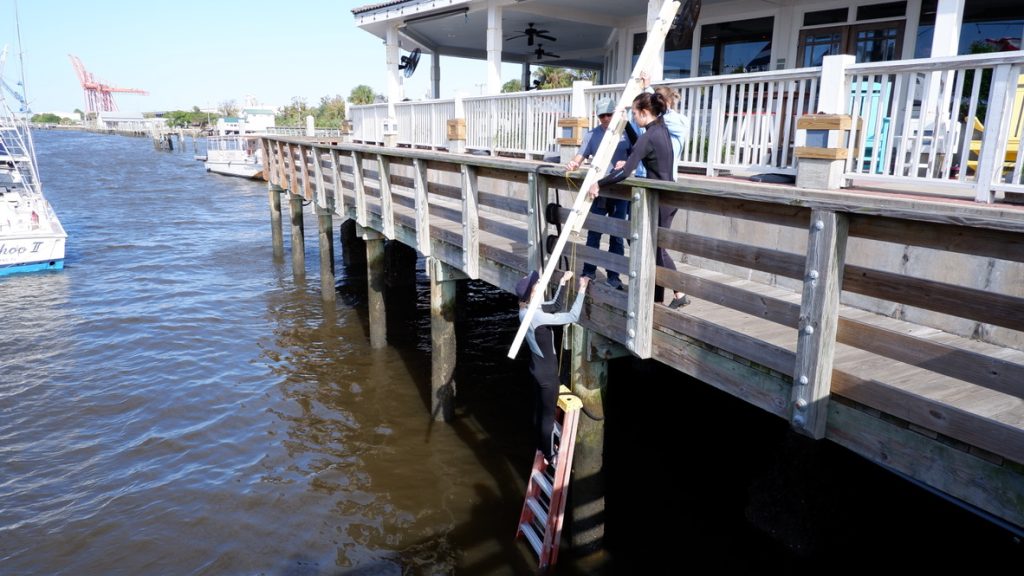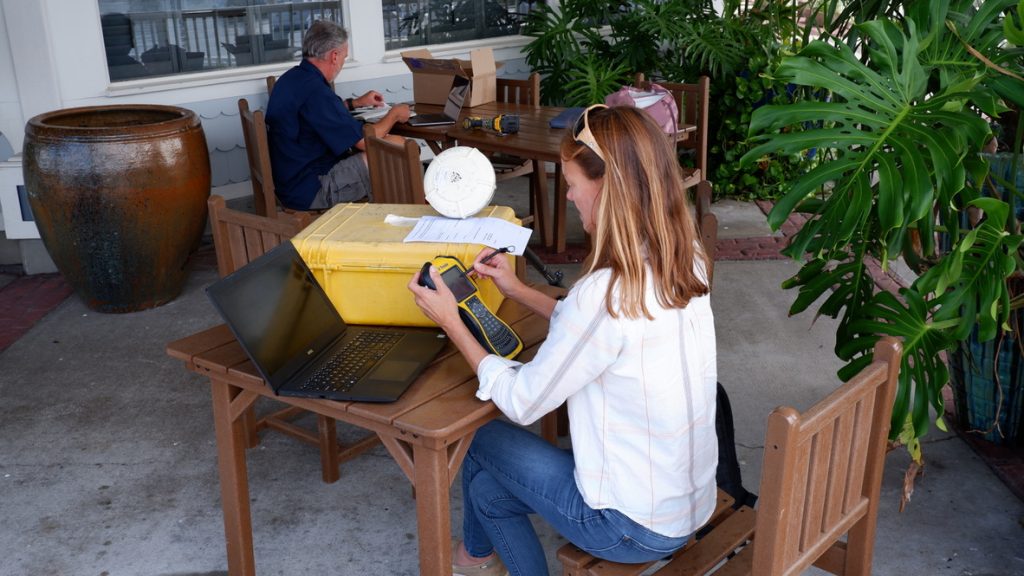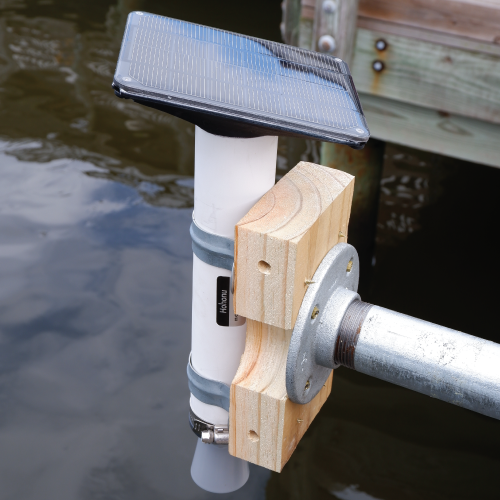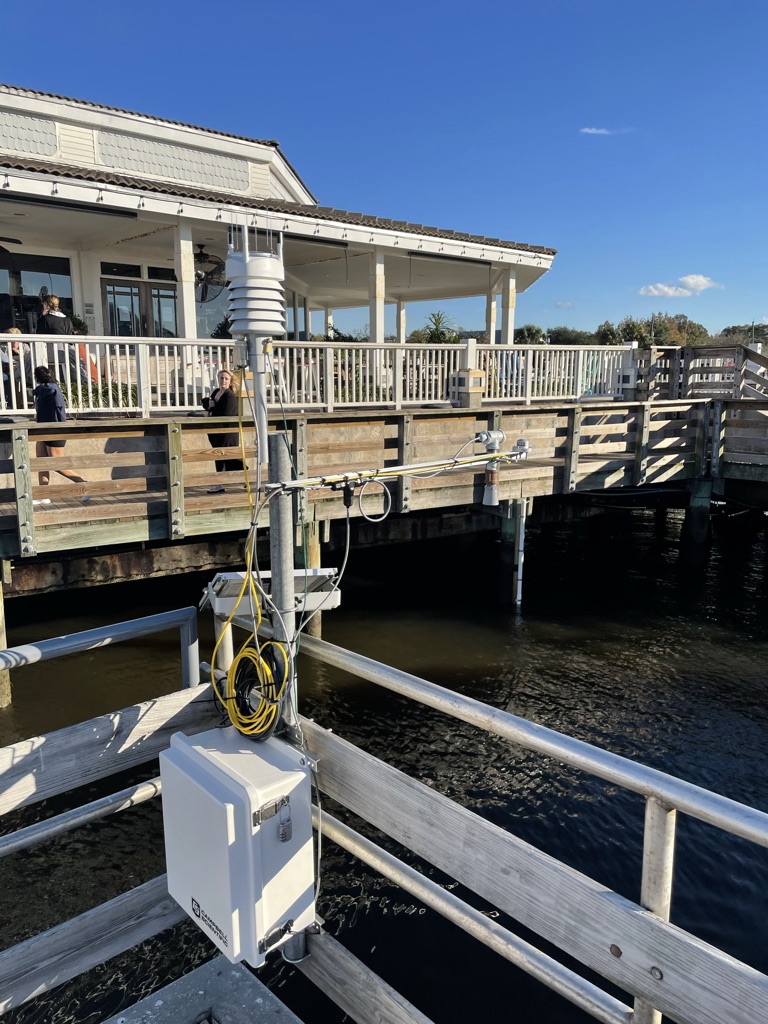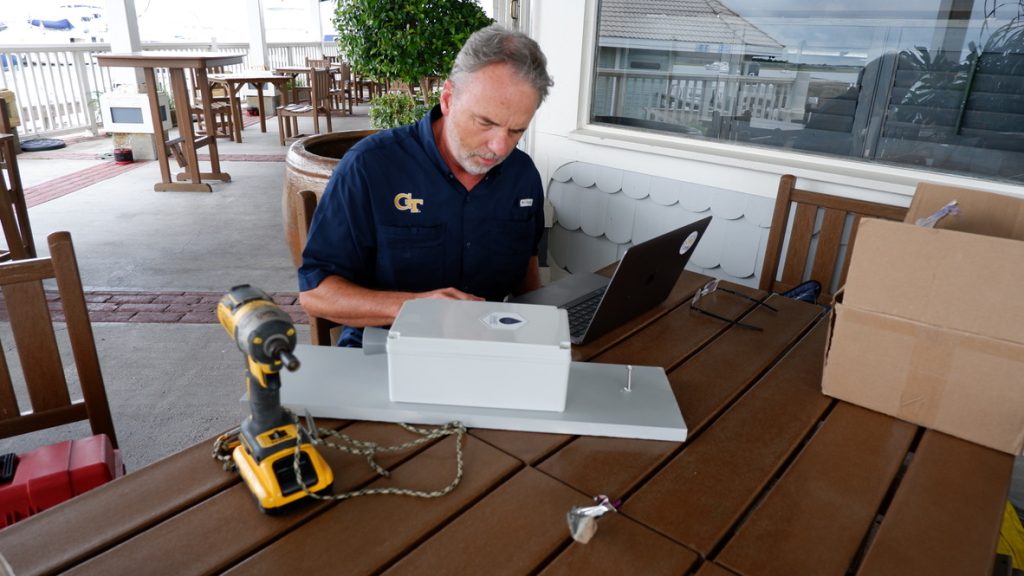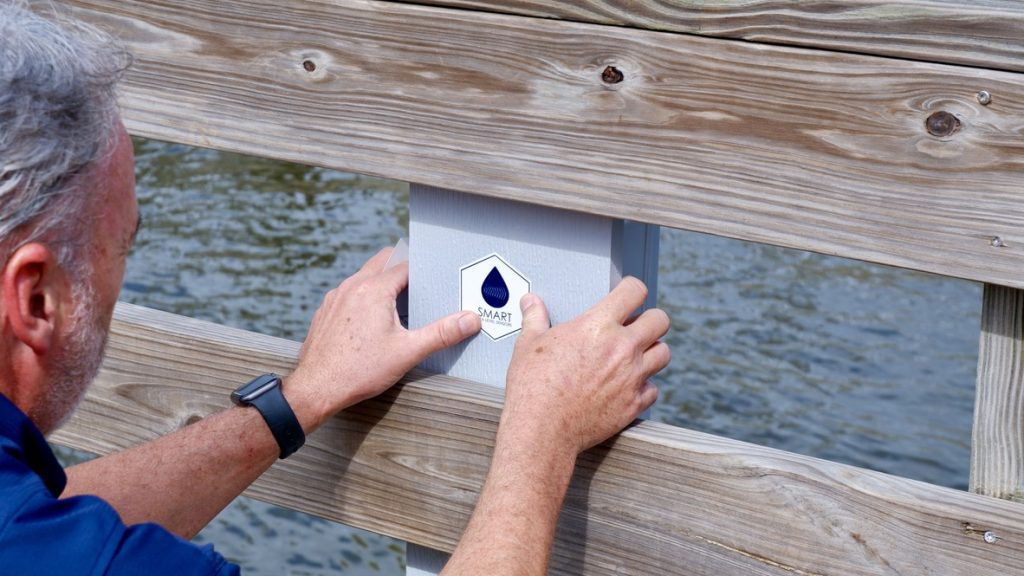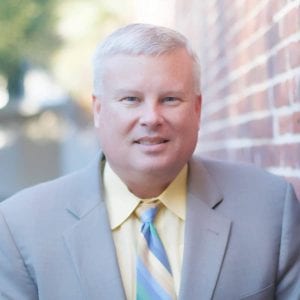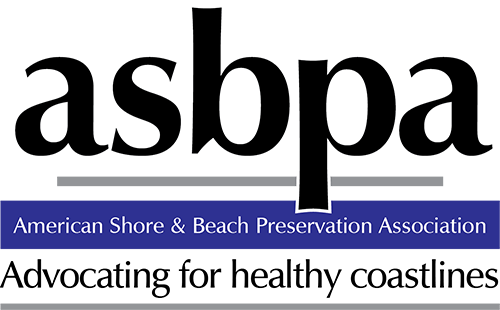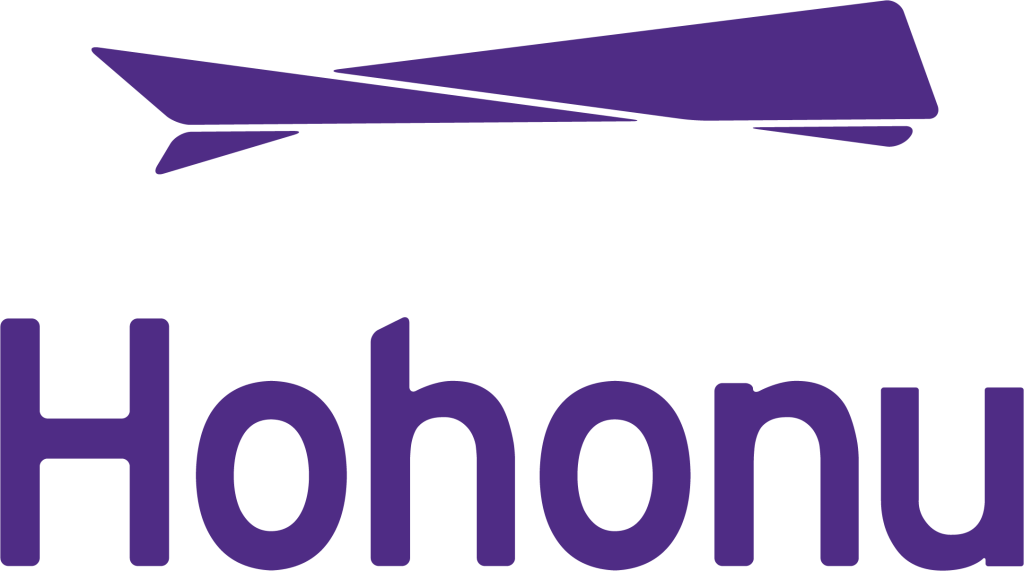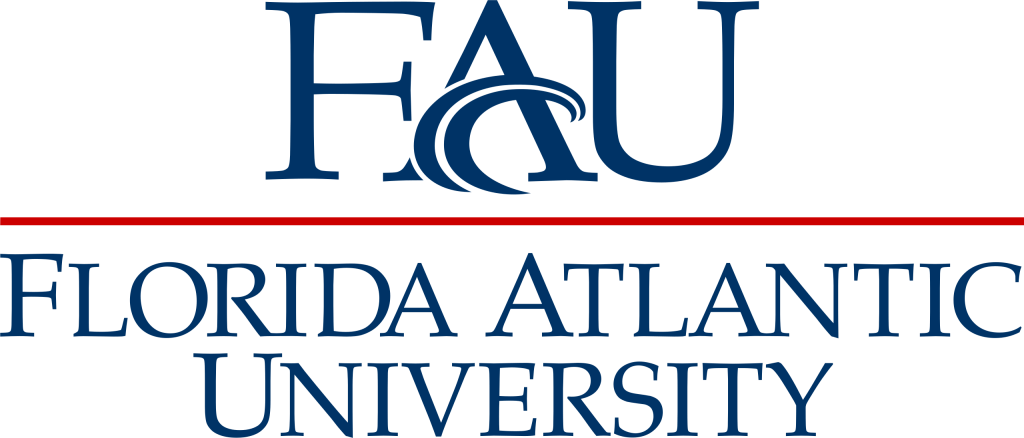SECOORA is funding a network of low-cost water level sensors across the southeast to develop the next generation of coastal observing systems at the scale where people live and make decisions. The program will provide water level data to coastal communities in North Carolina, South Carolina, Georgia, and Florida that face threats from high tide flooding, storm surge, and sea-level rise.
SECOORA is partnering with the American Shore and Beach Preservation Society (ASPBA), Coastal Carolina University, Florida International University, and Georgia Tech to install approximately 200 sensors over a five-year period.
Six water level sensors installed in Fernandina Beach, FL
The project kicked off with the four teams installing six sensors as a test deployment at the Fernandina Beach Marina, in Fernandina Beach, FL. This test deployment will be used to compare water level data between the project team sensors and an existing NOAA water level station. The teams are comparing the data to ensure the low-cost sensors are collecting accurate data at an ideal sampling frequency.
“The importance of measuring and monitoring coastal water levels, especially for communities like Fernandina Beach, cannot be underestimated. Being on a barrier island and susceptible to tidal flooding and storm surges places the residents, businesses, and property in Fernandina Beach at great risk to the danger of rising ocean waters. The City Commission has recognized this growing threat and has embarked on a significant effort to protect the City’s critical economic asset – its historic downtown – by constructing facilities to mitigate flood waters. Over the course of the next several years, this project will make great use of the data provided through the efforts and assistance of the ASBPA, SECOORA, and NOAA. Fernandina Beach is excited to be part of the early implementation effort of the monitoring system.”
Dale Martin, City Manager, City of Fernandina Beach
Water level information is vital for community safety
The sensors will provide real-time water level data to town managers, emergency managers, and the public. This data is vital for monitoring coastal flooding and keeping citizens informed of hazardous conditions. Once the network of sensors is established, communities can use the data when designing resilience and adaptation strategies to sea-level rise and other climate impacts.
“Waterfront communities have limited water level data at any given moment for various critical locations within their communities. With today’s technology, every community should have access to real-time water level data exactly where they need it for emergency management, public safety, recreation, and to support infrastructure planning. This project brings basic information (“How high is the tide in my community right now?”) into the hands of the local decision makers who desperately need this type of data to manage coastal flood challenges.“
Dr. Nicole Elko, Science Director, American Shore and Beach Preservation Association
Southeast Water Level Network
This Southeast Water Level Network was formed in July 2021 through a 5-year cooperative agreement between the Southeast Coastal Ocean Observing Regional Association (SECOORA) and the NOAA Integrated Ocean Observing System. As the water level sensors are installed, data will become available online, and ultimately data will be accessible on SECOORA’s website. This data will be open-source, free, and publicly available for download. To learn more, please visit SECOORA’s Water Level Network Webpage.
SECOORA’s Water Level Network Partners
Related news

New High Frequency Radar at the Dry Tortugas National Park Improves Ocean Surface Current Measurements Across the Straits of Florida
A new CODAR Low-Power SeaSonde HFR has been deployed by the University of South Florida at Fort Jefferson on Garden Key to measure surface currents to improve understanding and prediction of the Gulf of Mexico Loop Current.

President Biden Proposes Significant Budget Cuts to IOOS for 2025
President Biden’s recent 2025 budget proposal slashed the funding allocated for the Integrated Ocean Observing System (IOOS) by 76%, which would effectively shut down coastal and ocean observing efforts.

Webinar: NOAA Resources to Help Coastal Communities Understand Flood Risk
Join us Wednesday, March 27th at 12 PM Eastern Time for SECOORA's Coastal Observing in Your Community Webinar Series to hear from Doug Marcy with the NOAA Office for Coastal Management.
